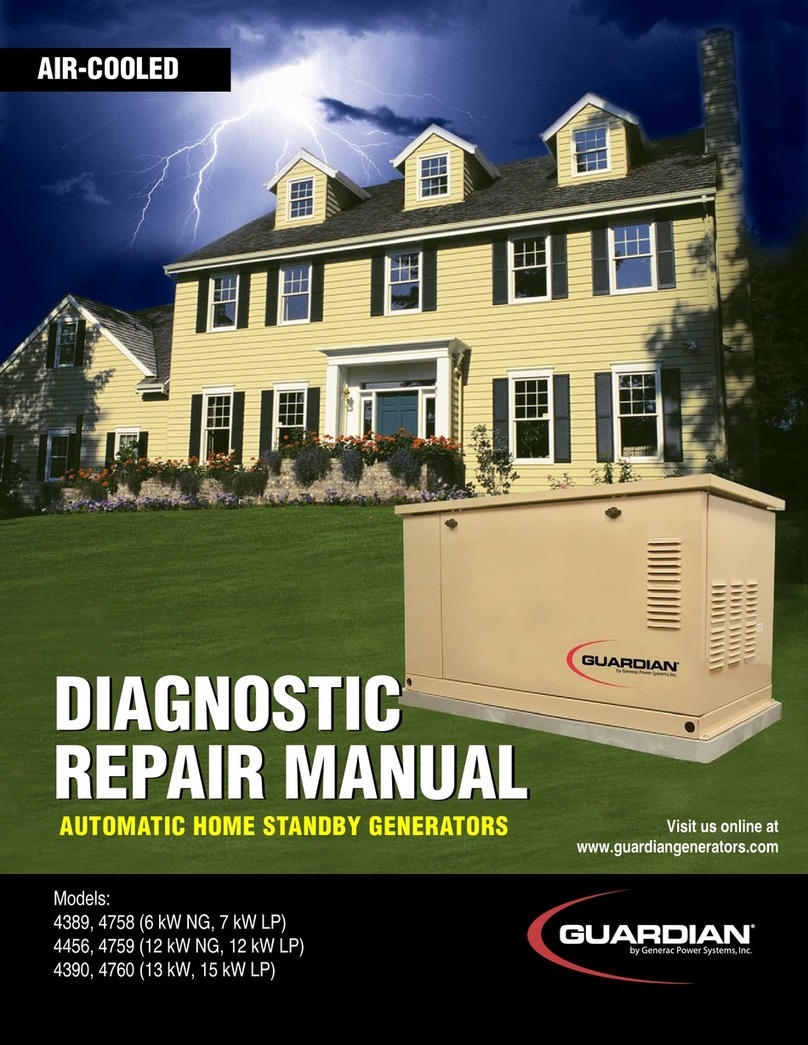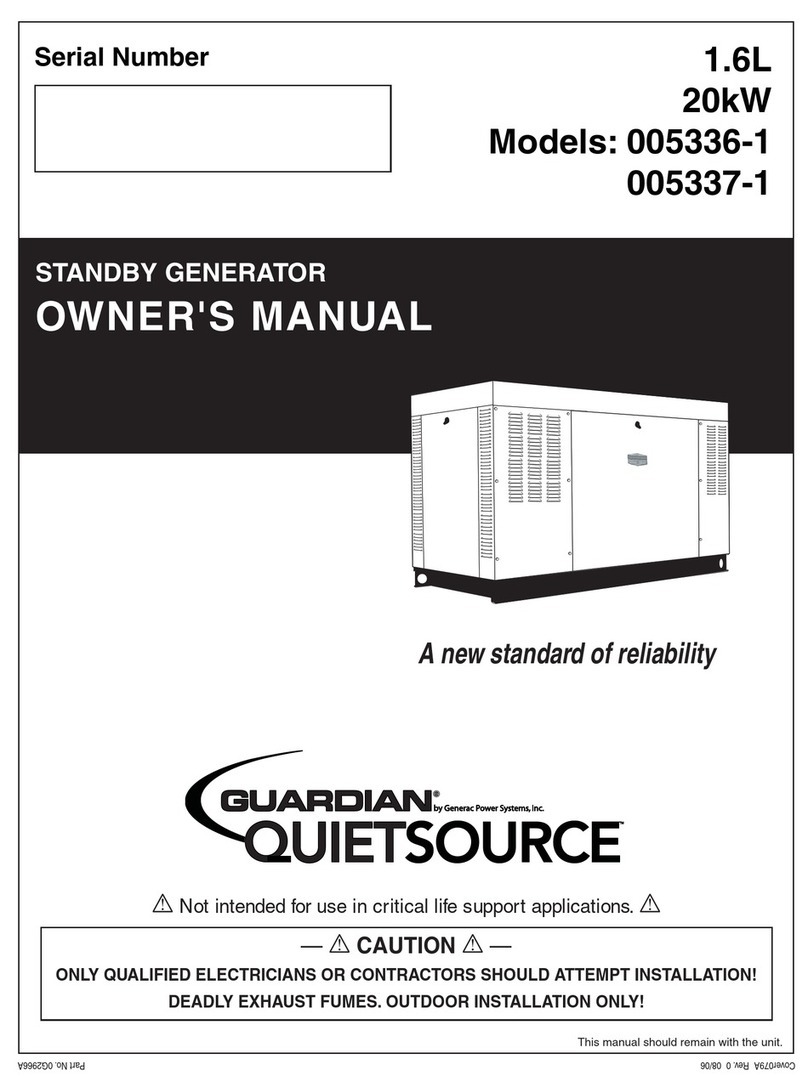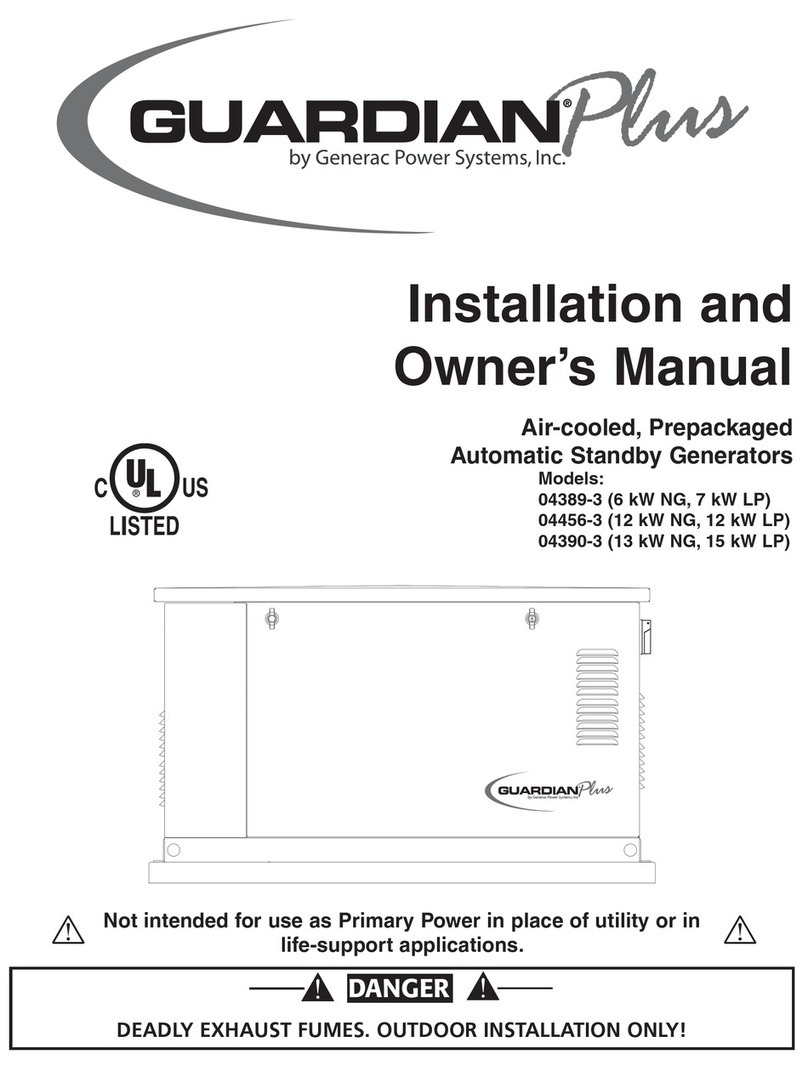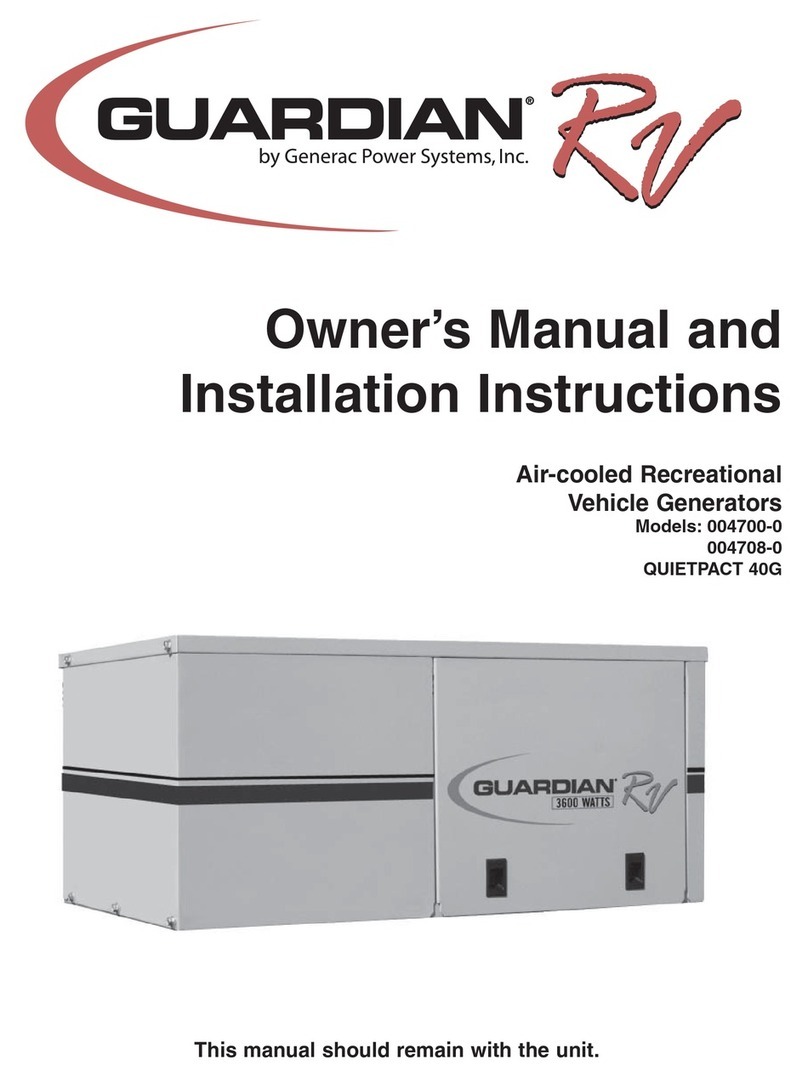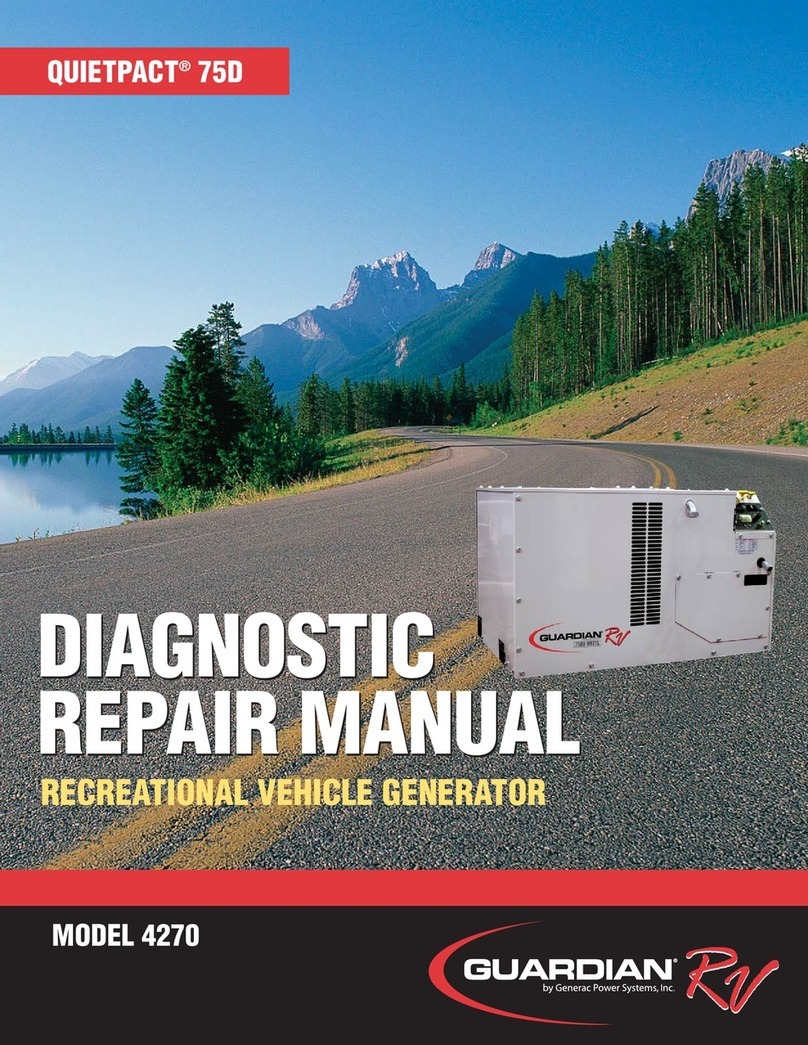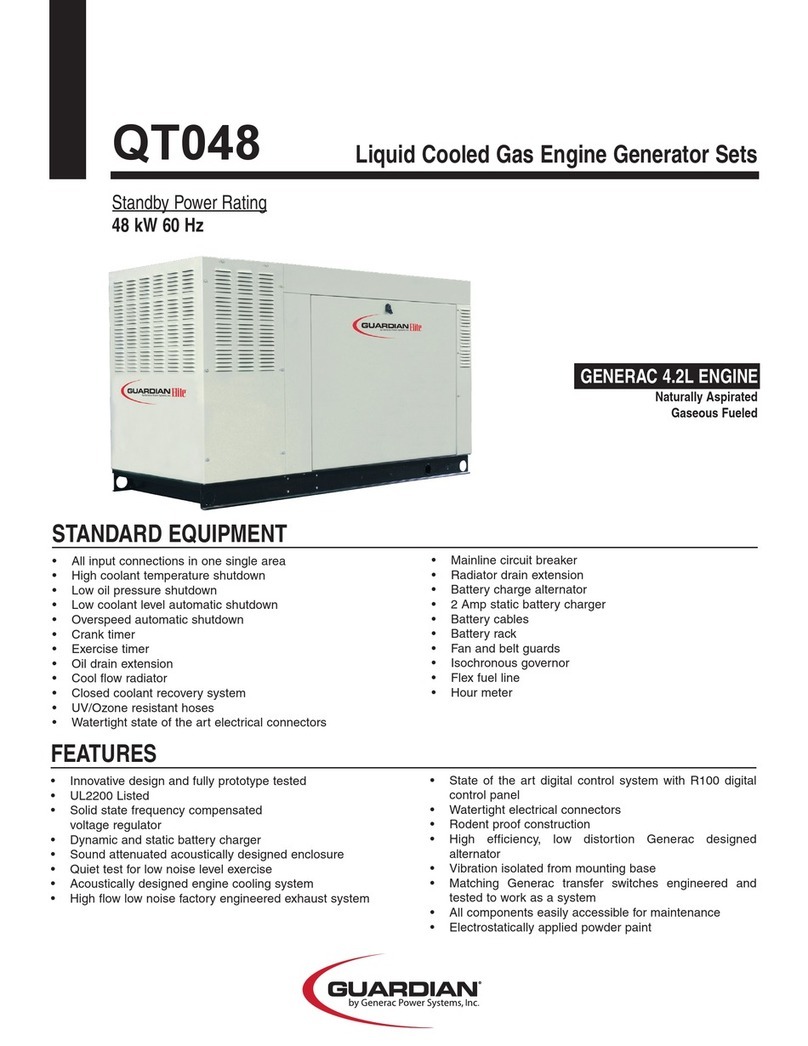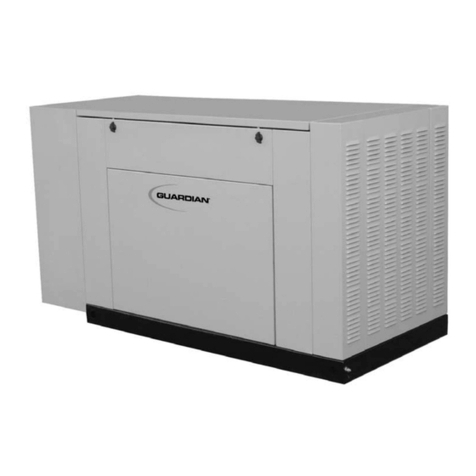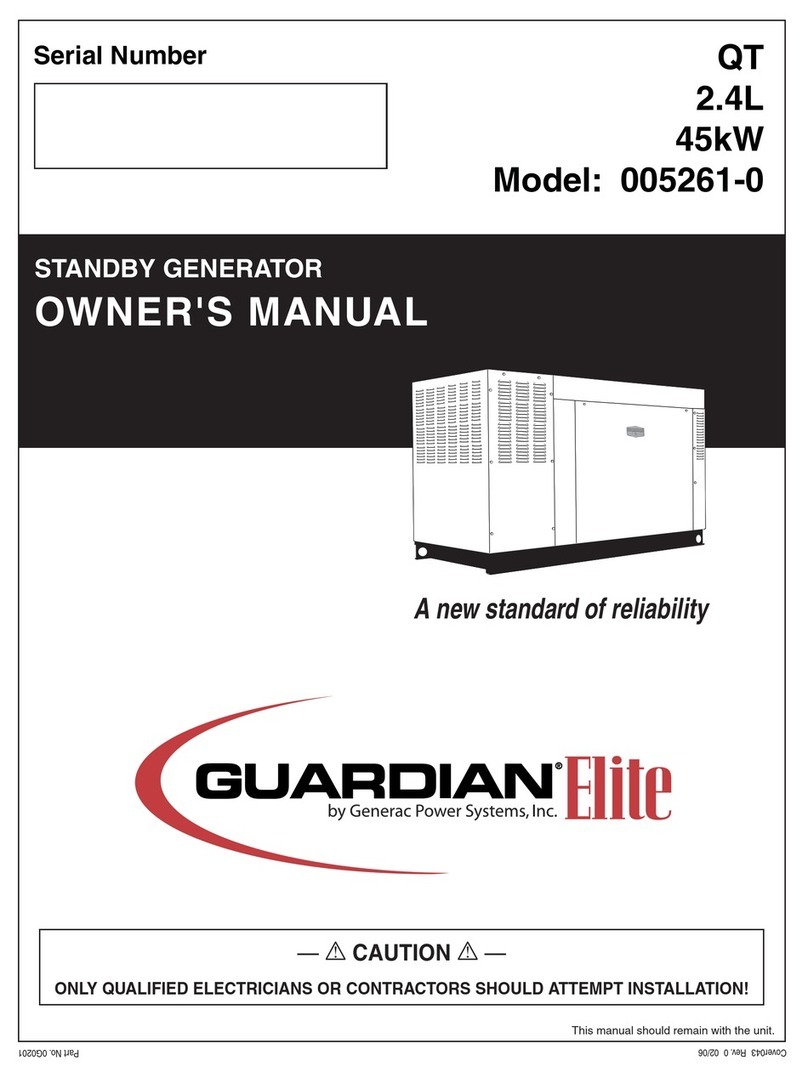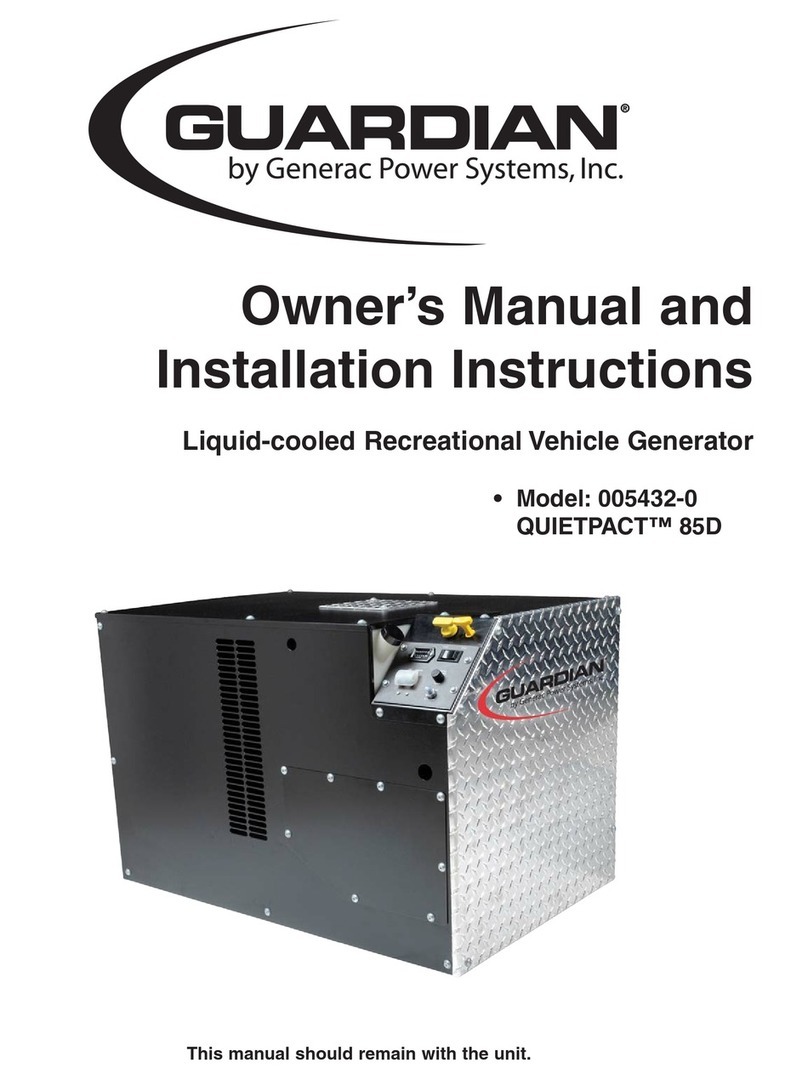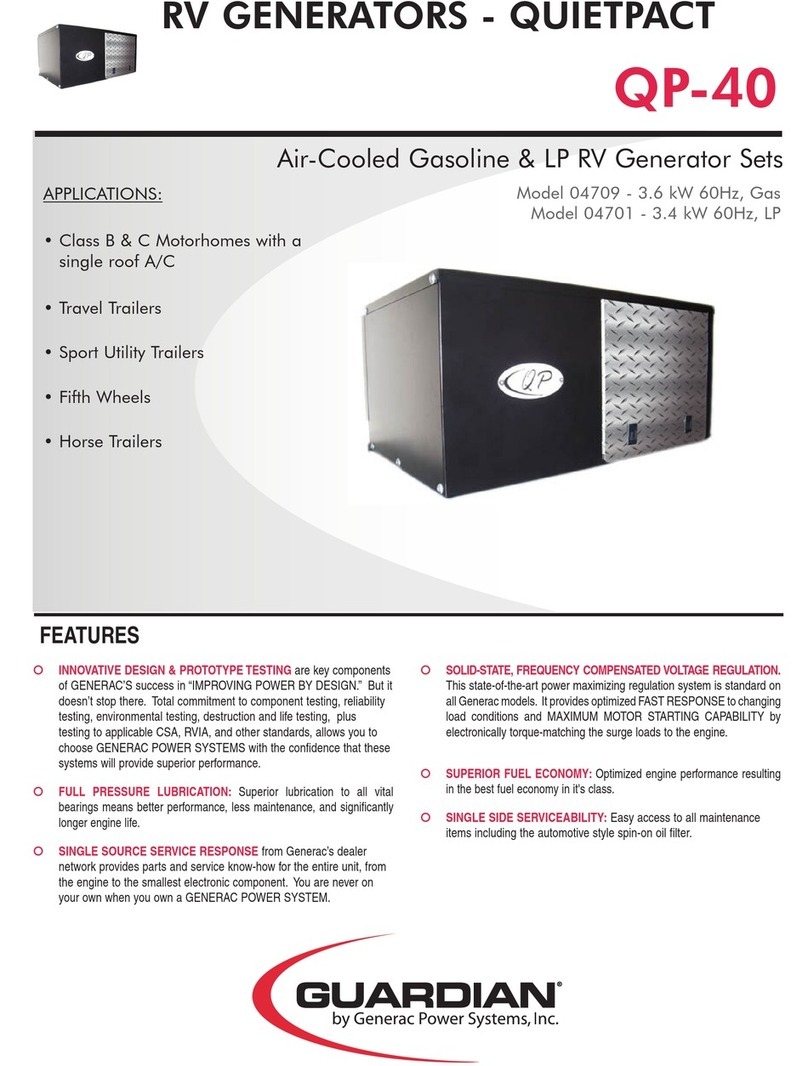Table of Contents
Page 1
SAFETY ............................ INSIDE FRONT COVER
SECTION 1:
GENERATOR FUNDAMENTALS ...................... 3-6
MAGNETISM ................................................................ 3
ELECTROMAGNETIC FIELDS .................................... 3
ELECTROMAGNETIC INDUCTION .............................. 3
A SIMPLE AC GENERATOR ........................................ 4
A MORE SOPHISTICATED AC GENERATOR ............ 4
FIELD BOOST .............................................................. 6
GENERATOR AC CONNECTION SYSTEM ................ 6
SECTION 2:
MAJOR GENERATOR COMPONENTS .............. 7-9
ROTOR ASSEMBLY ...................................................... 7
STATOR ASSEMBLY .................................................... 7
BRUSH HOLDER .......................................................... 7
BATTERY CHARGE COMPONENTS .......................... 8
EXCITATION CIRCUIT COMPONENTS ...................... 8
BREATHER ASSEMBLY .............................................. 9
SECTION 3:
INSULATION RESISTANCE TESTS ............ 10-12
EFFECTS OF DIRT AND MOISTURE ........................ 10
INSULATION RESISTANCE TESTERS ...................... 10
DRYING THE GENERATOR ...................................... 10
CLEANING THE GENERATOR .................................. 10
STATOR INSULATION RESISTANCE ........................ 11
TESTING ROTOR INSULATION ................................ 12
THE MEGOHMMETER .............................................. 12
SECTION 4:
MEASURING ELECTRICITY ........................ 13-15
METERS ...................................................................... 13
THE VOM .................................................................... 13
MEASURING AC VOLTAGE ...................................... 13
MEASURING DC VOLTAGE ...................................... 13
MEASURING AC FREQUENCY ................................ 14
MEASURING CURRENT ............................................ 14
MEASURING RESISTANCE ...................................... 14
ELECTRICAL UNITS .................................................. 15
OHM’S LAW ................................................................ 15
SECTION 5:
ENGINE DC CONTROL SYSTEM ................ 16-20
INTRODUCTION ........................................................ 16
OPERATIONAL ANALYSIS ........................................ 16
ENGINE CONTROLLER CIRCUIT BOARD ................ 16
BATTERY .................................................................... 18
7.5 AMP FUSE ............................................................ 19
FUEL PRIMER SWITCH ............................................ 19
START-STOP SWITCH .............................................. 19
STARTER CONTACTOR & MOTOR .......................... 20
SECTION 6:
TROUBLESHOOTING FLOWCHARTS .................. 21-29
IF PROBLEM INVOLVES AC OUTPUT ...................... 21
PROBLEM 1 -
VOLTAGE & FREQUENCY ARE BOTH
HIGH OR LOW ............................................................ 21
PROBLEM 2 -
GENERATOR PRODUCES ZERO VOLTAGE OR
RESIDUAL VOLTAGE (5-12 VAC) .............................. 22
PROBLEM 3 -
NO BATTERY CHARGE OUTPUT .............................. 23
PROBLEM 4 -
EXCESSIVE VOLTAGE/FREQUENCY DROOP
WHEN LOAD IS APPLIED .......................................... 24
PROBLEM 5 -
PRIMING FUNCTION DOES NOT WORK .................. 24
PROBLEM 6 -
ENGINE WILL NOT CRANK ...................................... 25
PROBLEM 7 -
ENGINE CRANKS BUT WILL NOT START ................ 26
PROBLEM 8 -
ENGINE STARTS HARD AND RUNS ROUGH .......... 27
PROBLEM 9 -
ENGINE STARTS THEN SHUTS DOWN .................. 28
PROBLEM 10 -
7.5 AMP (F1) FUSE BLOWING .................................. 29
SECTION 7:
DIAGNOSTIC TESTS...................................... 30-52
TEST 1 -
Check No-Load Voltage And Frequency ...................... 30
TEST 2 -
Check Engine Governor .............................................. 30
TEST 3 -
Test Excitation Circuit Breaker .................................... 31
TEST 4 -
Fixed Excitation Test/Rotor Amp Draw ..........................31
TEST 5 -
Wire Continuity ..............................................................32
TEST 6 -
Check Field Boost ........................................................ 32
TEST 7 -
Test Stator DPE Winding.............................................. 33
TEST 8 -
Check Sensing Leads/Power Windings........................ 34
TEST 9 -
Check Brush Leads ...................................................... 35
TEST 10 -
Check Brushes & Slip Rings ........................................ 35
TEST 11 -
Check Rotor Assembly ................................................ 35
TEST 12 -
Check Main Circuit Breakers ........................................ 36
TEST 13 -
Check Load Voltage & Frequency ................................ 36
